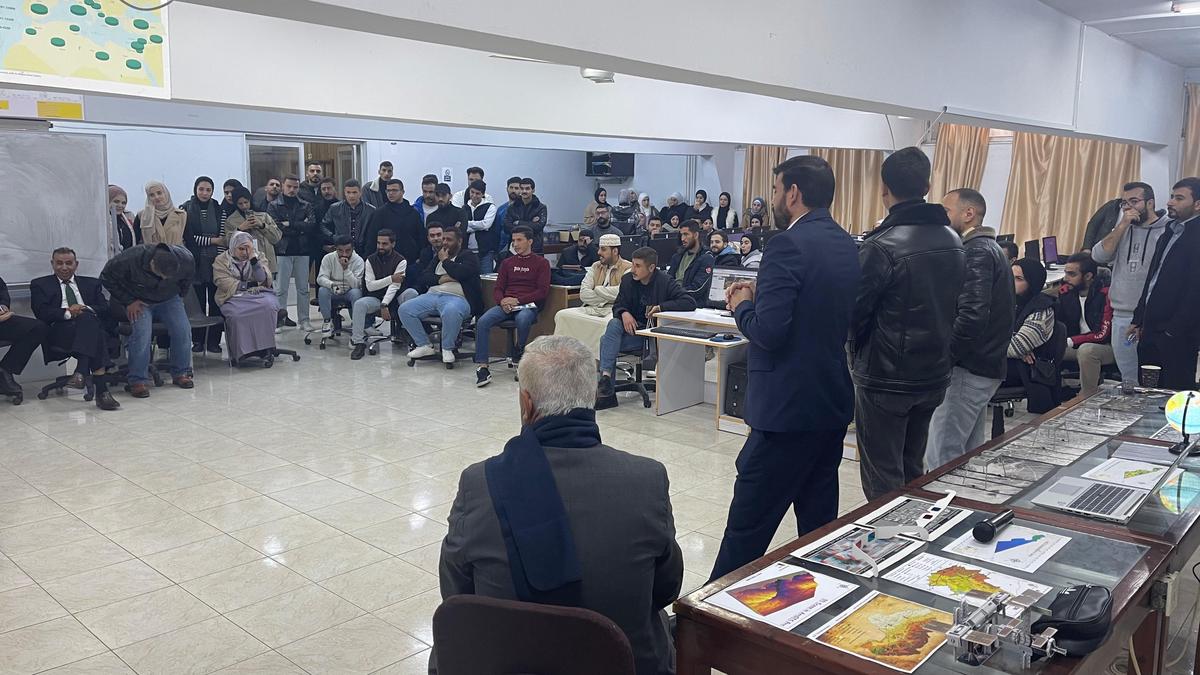
In Jordan’s semi-arid cities like Amman and Irbid, green spaces do more than offer recreation—they help improve public health by reducing pollution. Researchers used the AirBeam to ask: do greener neighborhoods have cleaner air?
What if the parks and trees in our cities could help us breathe cleaner air?
That’s the question a team of researchers at Yarmouk University, with support from the Abdul Hameed Shoman Foundation, set out to explore.
In Jordan’s semi-arid climate, green spaces aren’t just places for recreation. They play a critical role in protecting public health by reducing pollution in fast-growing cities like Amman, the capital, and Irbid, the country’s third largest city.
Why This Study Matters
Air pollution is one of the most pressing challenges for urban areas worldwide. Tiny particles can slip deep into the lungs and enter the bloodstream, creating serious health risks.
The researchers wanted to use the AirBeam to answer a key question:
Do neighborhoods with more green space experience cleaner air?
How They Measured It
To explore this relationship, the team deployed 20 AirBeam3 sensors across Amman and Irbid.
Each sensor was placed in areas with different land uses and levels of vegetation, from dense green parks to heavily built-up neighborhoods.
Using the AirCasting platform, the AirBeam3 sensors streamed continuous, geo-referenced data on air quality, capturing how pollution levels shifted across locations and times of day.
What the Researchers Found
The study is still underway, but the data already shows important patterns:
- Greener spaces appear to have lower pollution levels. Early results suggest that vegetation helps reduce concentrations of particulate matter, especially in the early mornings and after heavy traffic periods.
- Local differences matter. Unlike fixed municipal monitoring stations, the portable AirBeam3 sensors revealed hyper-local variations in air quality, directly tied to land use, traffic, and proximity to green areas.
-
Community awareness is growing. Live sensor displays encouraged conversations among residents about urban planning, sustainable development, and the health value of green spaces.

Why It Matters for Jordan
These findings are more than academic. They offer city planners and policymakers in Jordan concrete evidence to:
- Strengthen sustainable urban mobility plans
- Design effective low-emission zones
- Protect and expand networks of urban green spaces
By making the relationship between vegetation and air quality visible, the study provides a foundation for healthier urban living.
What’s Next for the Project
The research team is continuing to build on this work. Their next steps include:
- Expanding the sensor network to suburban and rural areas
- Using remote sensing to measure how green space changes over time
- Integrating meteorological data for a fuller picture of pollution drivers
- Publishing scientific results and policy briefs for decision-makers
This project, led by Dr. Khaled Hazaymeh and Dr. Muheeb Awawdeh, demonstrates how local research and citizen science tools like the AirBeam3 can create actionable knowledge for urban sustainability.
By connecting air quality data with green space planning, the study offers a replicable model for other semi-arid cities grappling with the dual challenges of climate change and pollution. Because ultimately, this research is about more than data. It is about community health and taking action to ensure that people can breathe a little easier.